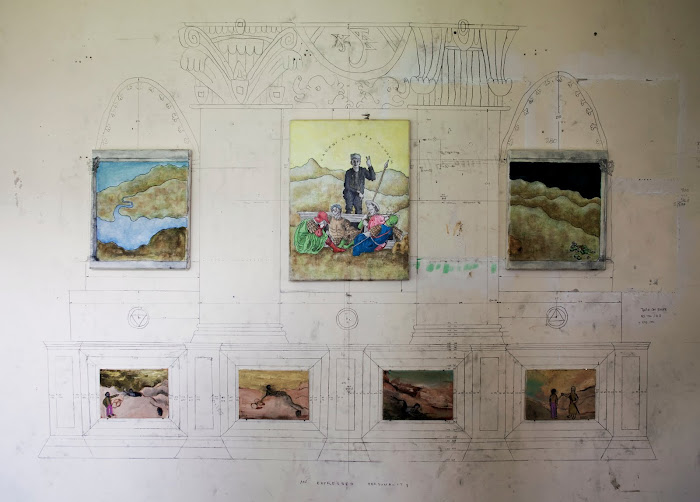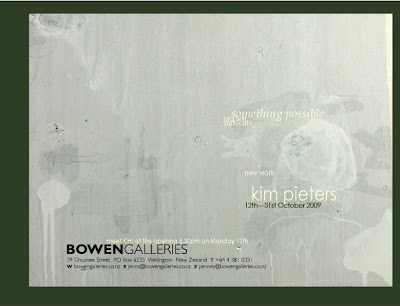For some reason that I am not at all sure of, I thought it important to clear that up. I am not going to go into a rant about the disgusting spectacle that is the ridiculously bombastic nationalism that makes up such a large part of what for a lack of a better term we are forced to call New Zealand culture. I do not contribute to that culture. I am not a New Zealand artist.
I went out of the house for the first time in about a week today. I've been avoiding the world, speaking of disgusting spectacles.
This is the prologue to Werner Herzog's Conquest of the useless (a title I'd like to steal), taken from the journals he kept during the filming of Fitzcarraldo:
A vision had seized hold of me, like the demented fury of a hound that had sunk its teeth into the leg of a deer carcass and is shaking and tugging at the downed game so frantically that the hunter gives up trying calm him. It was the vision of a large steamship scaling a hill under its own steam, working its way up a steep slope in the jungle, while above this natural landscape, which shatters the weak and the strong with equal ferocity, soars the voice of Caruso, silencing all the pain and all the voices of the primeval forest and drowning out all birdsong. To be more precise: bird cries, for in this setting, left unfinished and abandoned by God in wrath, the birds do not sing; they shriek in pain, and confused trees tangle with each other like battling Titans, from horizon to horizon, in a steaming creation still being formed. Fog-panting and exhausted stand in this unreal world, in unreal misery – and I, like a stanza written in an unkown foreign tongue, am shaken to the core.
In the latest Doctor Who, John Simm turns in another great performance as the Master. He has all the best lines.














